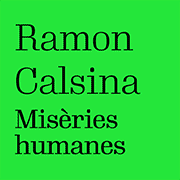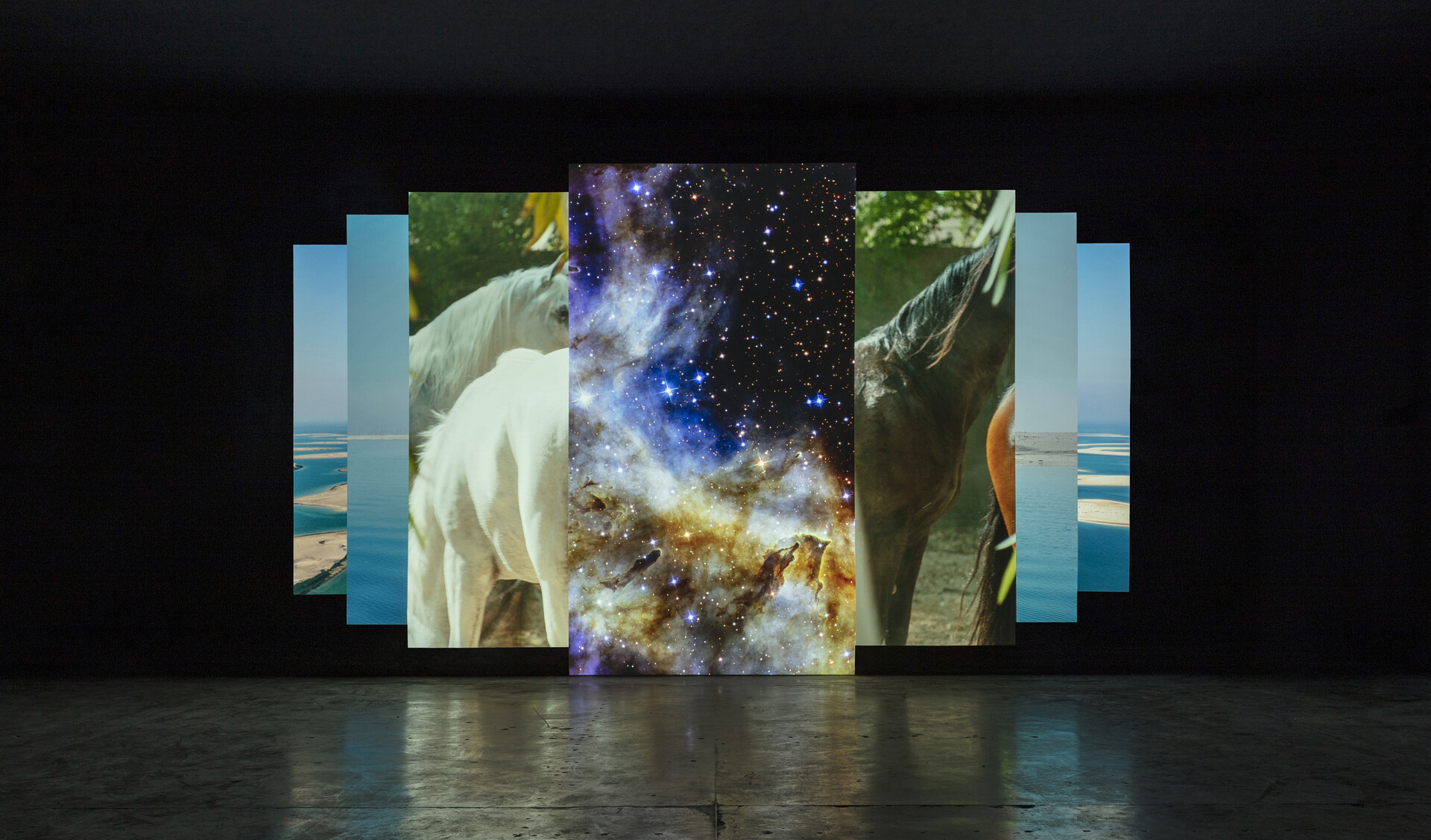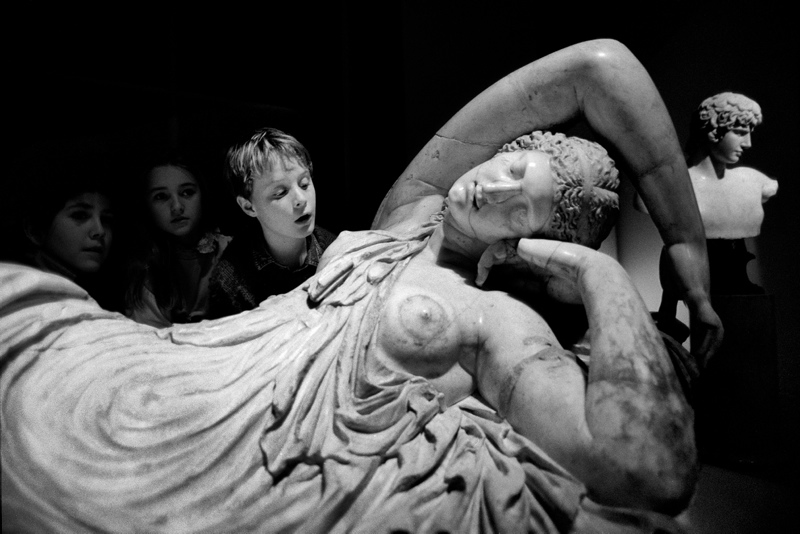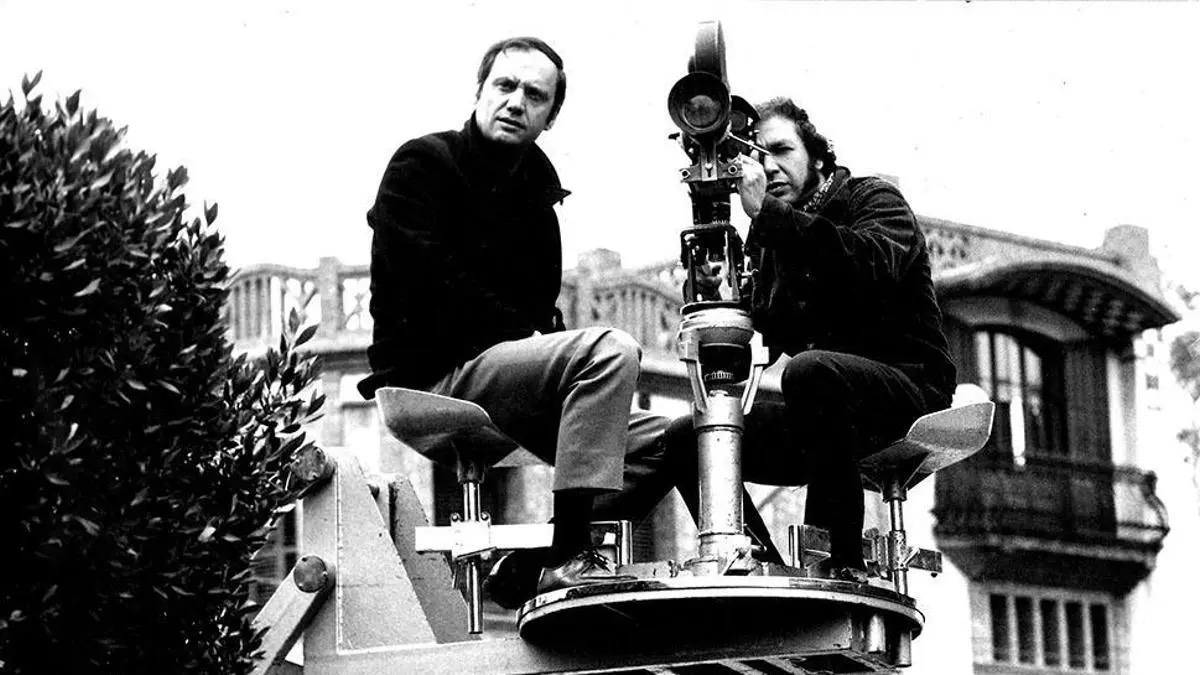Exhibitions
Nuragic Sardinia at the MAC
A civilization that, despite its insular nature, played a relevant role in the exchange networks and cultural configuration of the preclassical Mediterranean.
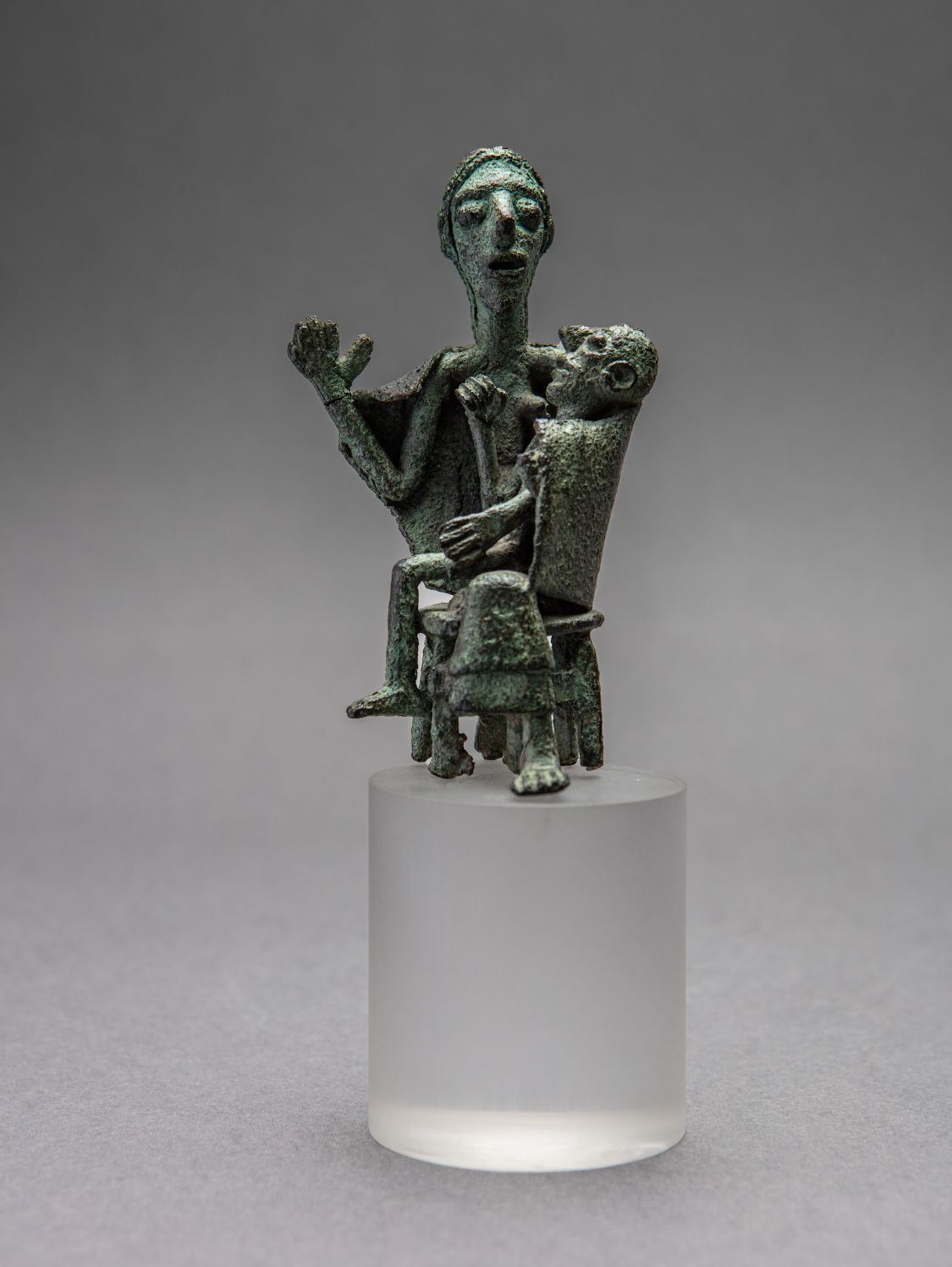
The Museum of Archaeology of Catalonia presents an exhibition dedicated to the Nuragic culture of Sardinia, one of the most enigmatic and least known civilizations of the western Mediterranean. With more than 170 pieces from various Italian museums, Sardinia: the megalithic island invites you to discover a society that flourished between the 5th and 1st millennium BC, and that left lasting traces in the form of megaliths and other large stone constructions.
Sardinia, the second largest island in the Mediterranean, has historically been a meeting point between cultures. Located in a key geographical position, it has been the scene of contacts and exchanges over the centuries. For millennia, its territory has preserved architectural structures that not only define the landscape, but continue to fuel debate and interpretation among contemporary archaeologists. The megalithic remains, tombs and sanctuaries excavated on the island still raise questions.
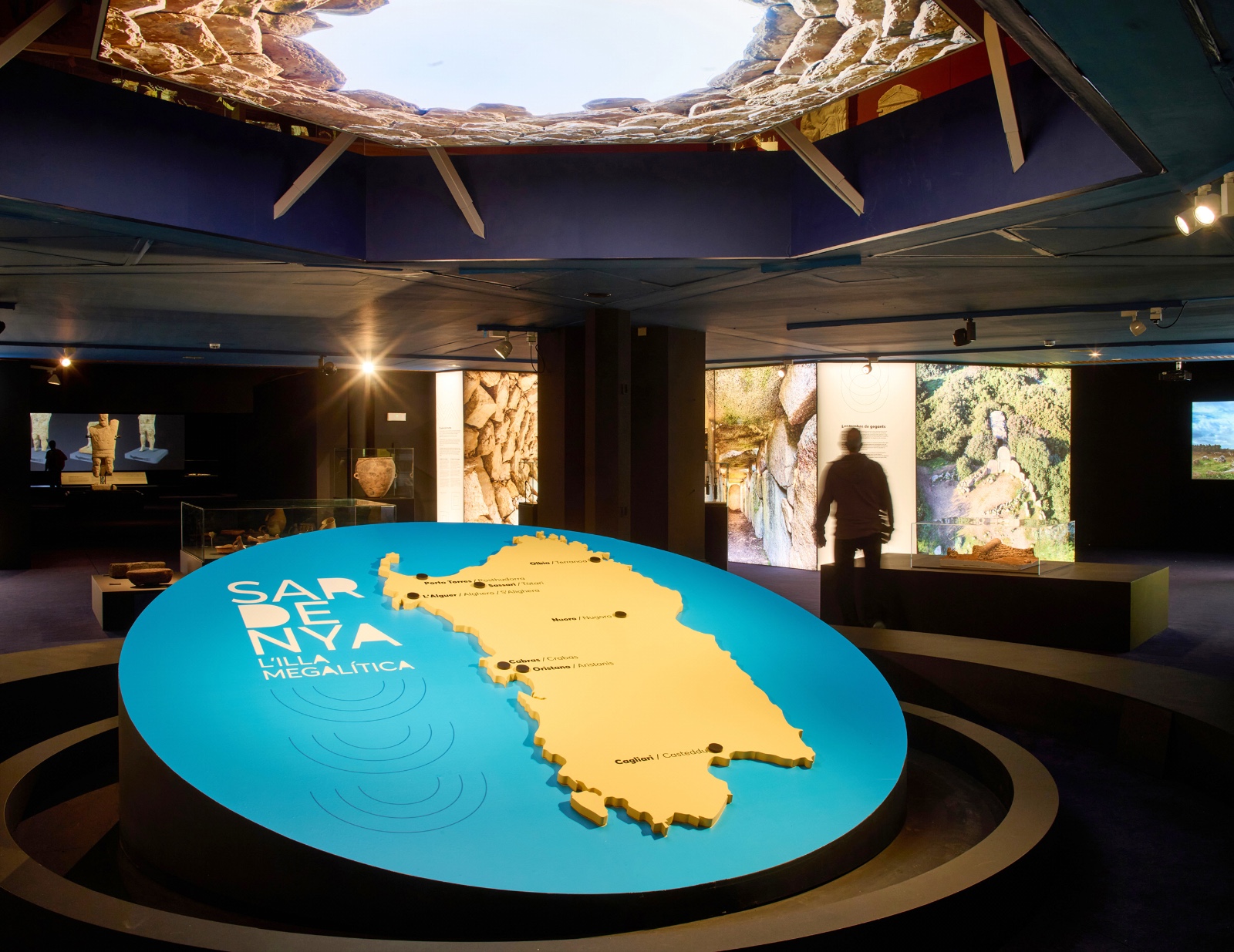 © Pepo Segura
© Pepo Segura
The exhibition is structured into six thematic areas that allow us to understand the evolution of this culture through its material remains. The tour begins with the phenomenon of megalithism, characterized by the use of large blocks of stone for ritual or funerary purposes, a phenomenon that developed independently in various parts of the planet. Next, the world of the nuraghe is presented, cyclopean stone towers that dominate the Sardinian landscape and constitute one of the most unique architectures of the ancient Mediterranean. The so-called tombs of the giants —more than 800 collective tombs identified throughout the island— are also explored, as are the water sanctuaries, spaces of worship linked to springs and wells considered sacred.
A special section is dedicated to the necropolis of Mont'e Prama, one of the most important Iron Age sites in Sardinia. Discovered in 1974 in Cabras, this site, still under excavation, has revealed nearly 125 burials, mostly of young men. On the edge of the funerary area, a set of stone statues over two metres high —the well-known giants— were found, which would have formed part of a ceremonial route. Dating from between the 10th and 8th centuries BC, these figures could represent warriors, venerated ancestors or commemorate some notable episode for the community that erected them. The MAC is exhibiting one of these monumental sculptures, the Manneddu, identified as a possible boxer or ritual warrior. The last area of the exhibition addresses the survival of the Nuragic culture beyond its moment of maximum splendor, focusing on the reuse of spaces and structures during the Roman period and until the Middle Ages.
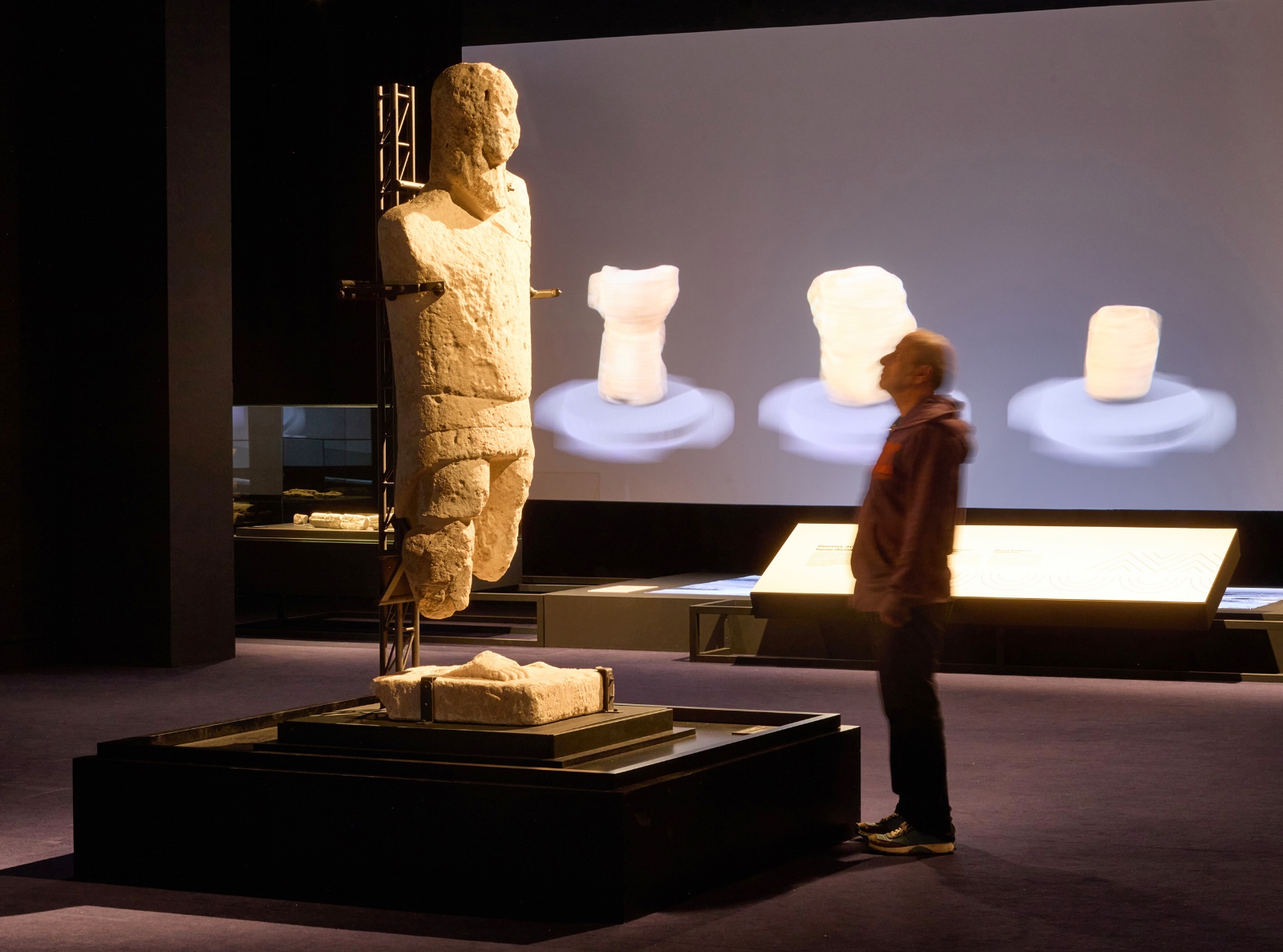 © Pepo Segura
© Pepo Segura
The exhibition also brings together a selection of objects coming exclusively from public collections of Sardinian museums: Neolithic statuettes linked to the cult of the mother goddess, small bronze votive offerings that evoke the daily and spiritual life of Nuragic society, and various sculptural elements that reflect the technical and symbolic sophistication of this culture.
Furthermore, this exhibition marks an important milestone: it is the first time that a large-scale exhibition dedicated to the Nuragic culture has left Italy to embark on an international tour. It has already visited institutions such as the Museum of Prehistory and Protohistory in Berlin , the Hermitage in Saint Petersburg , the Archaeological Museum of Thessaloniki and the National Archaeological Museum in Naples .
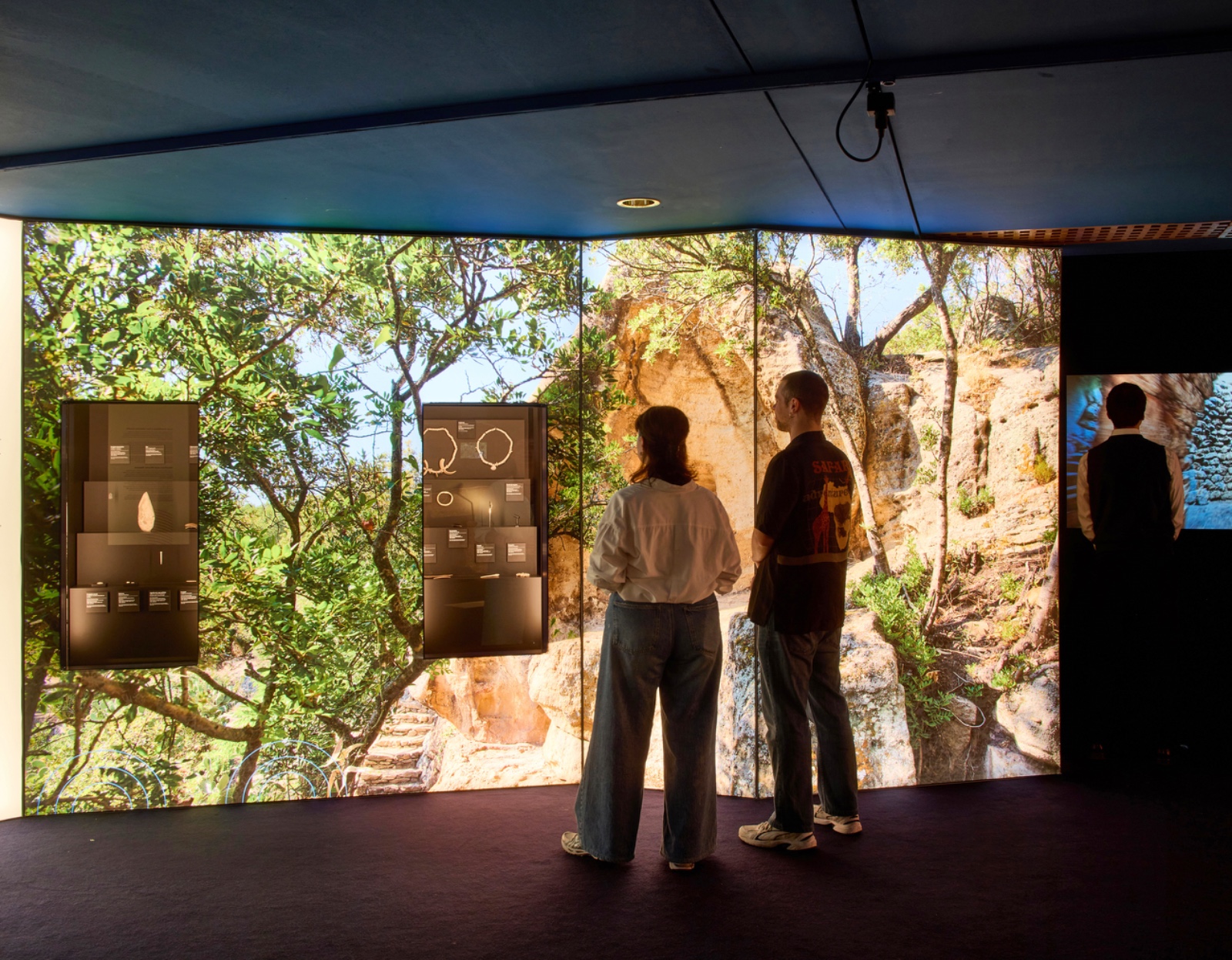 © Pepo Segura
© Pepo Segura




